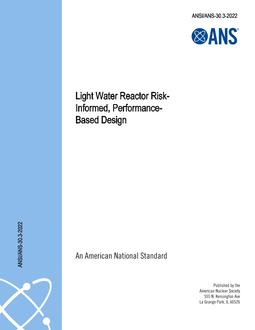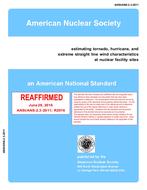This standard applies to the reactor physics tests performed following a refueling or other core alteration of a PWR for which nuclear design calculations are required. This standard does not address the physics test program for the initial core of a commercial PWR. This standard specifies the minimum acceptable startup reactor physics test program and acceptable test methods to determine if the operating characteristics of the core are consistent with the design predictions, and to provide assurance that the core can be operated as designed. The standard does not address surveillance of reactor physics parameters during operation or other required tests such as mechanical tests of system components (for example, the rod drop time test), visual verification requirements for fuel assembly loading, or the calibration of instrumentation or control systems, even though these tests are an integral part of an overall program to ensure that the core behaves as designed. This standard assumes that the same previously accepted analytical methods are used for both the design of the reactor core and the startup test predictions. It also assumes that the expected operation of the core will fall within the historical data base established for the plant or sister plants. When major changes are made in the core design, the test program should be reviewed to determine if more extensive testing is needed. Typical changes that might fall in this category are the initial use of novel fuel cycle designs, significant changes in fuel enrichments, fuel assembly design changes, burnable absorber design changes, or cores resulting from unplanned short cycles, etc. Changes of this nature may lead to operation in regions outside of the plant’s data base and, therefore, it may be necessary to expand the test program.
Product Details
- Published:
- 08/22/1997
- ANSI:
- ANSI Approved
- Number of Pages:
- 36
- File Size:
- 1 file , 34 MB
- Note:
- This product is unavailable in Ukraine, Russia, Belarus


